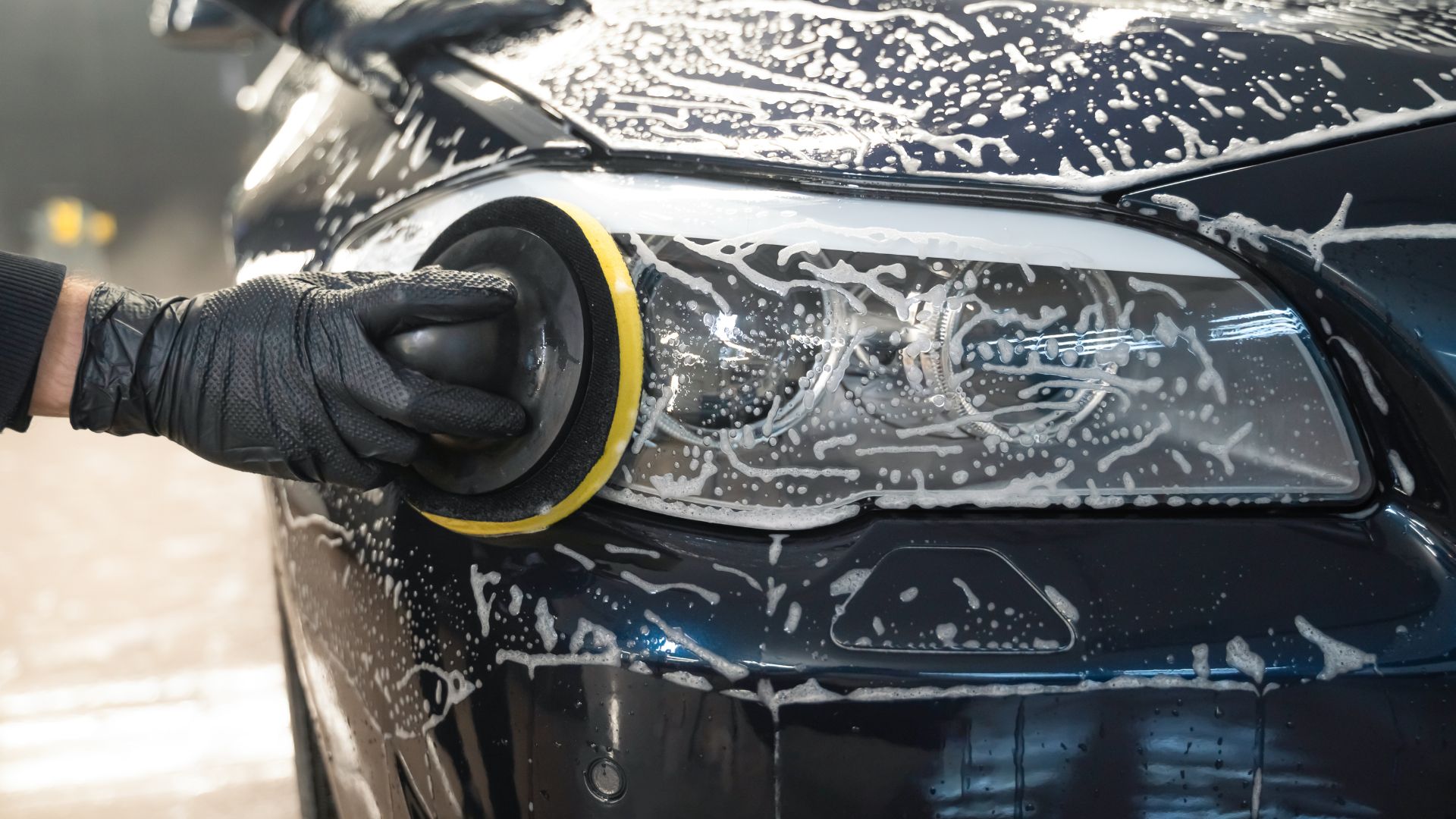10 Tips for Protecting Your Car’s Paint During a Wash
December 23, 2024
Washing a car is not only about keeping it clean but also about maintaining its paint and finish. A proper wash can enhance the vehicle’s appearance and extend the life of its paint. To avoid causing any damage during the washing process, it is essential to follow the right steps and use the proper tools. Here are 10 valuable tips for protecting your car’s paint during a wash.

